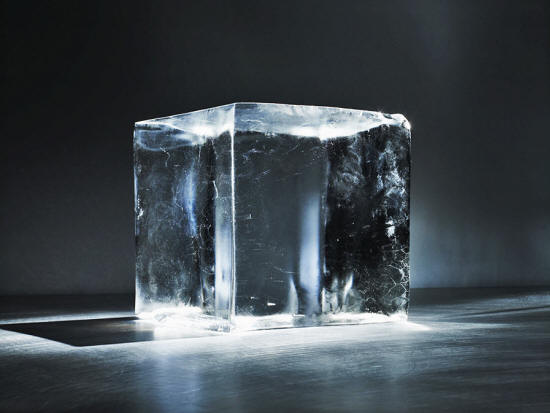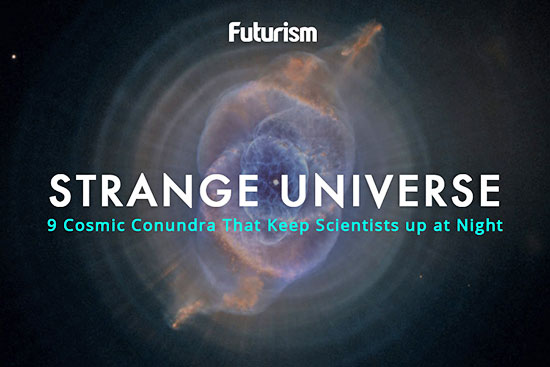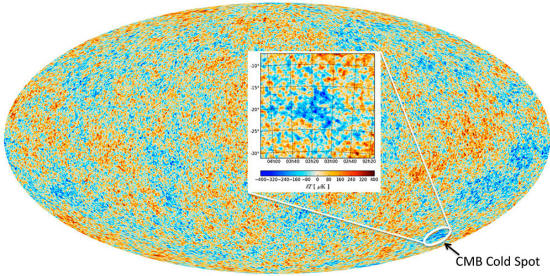Previously, astronomers believed that this space could be cooler simply because it had less matter in it than most sections of space.
They dubbed it a massive supervoid and estimated that it had 10,000 galaxies fewer than other comparable sections of space. But now, in a recently published survey of galaxies (Evidence against a Supervoid causing the CMB Cold Spot), astronomers from the Royal Astronomical Society (RAS) say they have discovered that this supervoide could not exist.
They now believe that the galaxies in the cold spot are just clustered around smaller voids that populate the cold spot like bubbles.
These small voids, however, cannot explain the temperature difference observed.
Multiverse?
To link the temperature differences to the smaller voids, the researchers say a non-standard cosmological model would be required.
"But our data place powerful constraints on any attempt to do that," explained researcher Ruari Mackenzie in an RAS press release.
While the study had a large margin of error, the simulations suggest there is only a two percent probability that the Cold Spot formed randomly.
"This means we can't entirely rule out that the Spot is caused by an unlikely fluctuation explained by the standard model. But if that isn't the answer, then there are more exotic explanations," said researcher Tom Shanks in the press release.
"Perhaps the most exciting of these is that the Cold Spot was caused by a collision between our universe and another bubble universe."
If more detailed studies support the findings of this research, the Cold Spot might turn out to be the first evidence for the multiverse, though far more evidence would be needed to confirm our universe is indeed one of many.




